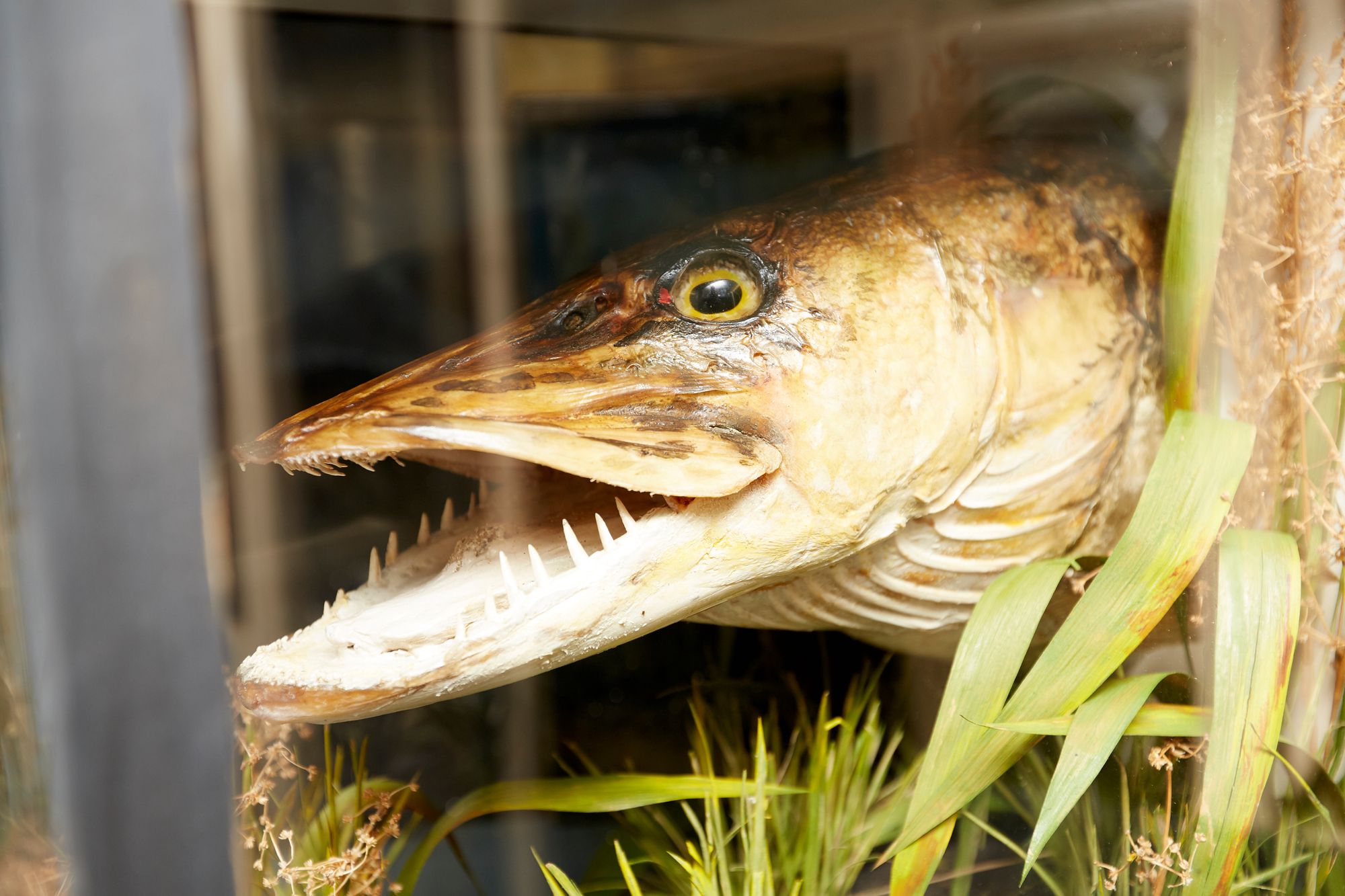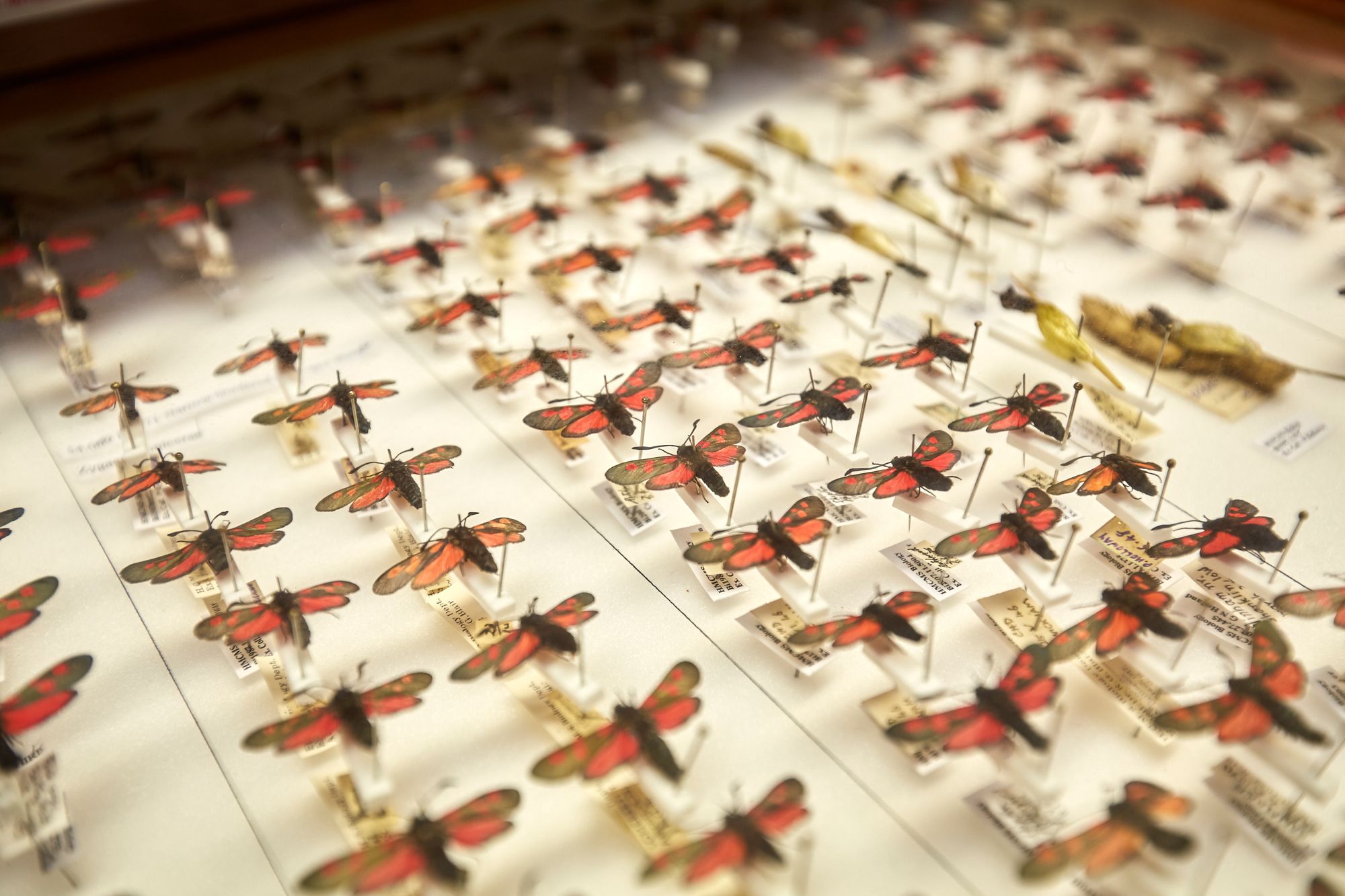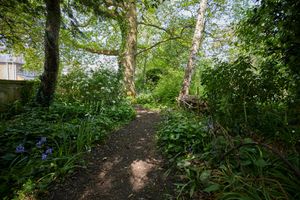In the second part in a four part series for Winchester Green Week 2020, discover what role natural sciences collections in museums can still play in nature conservation today.

Natural history collections form a large part of the material in the care of local and national museums, 90-99% of which remain in storage. Yet this material still has a vital role to play in our understanding of biodiversity, evolution, population genetics and the environmental impacts of climate change.

Collections, such as those held by the Royal Botanic Gardens at Kew or by the Natural History Museum, preserve what are called ‘type specimens’. All the plants and animals in your garden have a scientific name taken from the description of the original specimen of that species. Only by comparing every newly discovered species, plant, animal or insect to a similar type specimen can a new species be confirmed.
The importance of these historic collections was highlighted when research linked the impact of agricultural pesticides, such as DDT, to birds laying eggs with thinner shells when compared with eggs in museum collections from the 19th and early 20th centuries. DDT was banned in the UK in 1986.
Natural sciences collections continue to play an important part in maintaining biodiversity and understanding environmental changes around the world.
Hampshire Cultural Trust's collection contains around 300,000 specimens, including preserved plants, animals, insects and geological samples, mostly collected over the last 150 years. They mainly relate to Hampshire, although there are some specimens from across the country and abroad, including a well-preserved set of Dodo bones.

Objects from our Natural Sciences collection are on display in some of our museums across the county. You can also find a selection of objects on our online database, some of which aren’t ordinarily on permanent display.

If you have enjoyed Culture on Call and you are able to make a donation, any support you can give will help us keep people connected.



